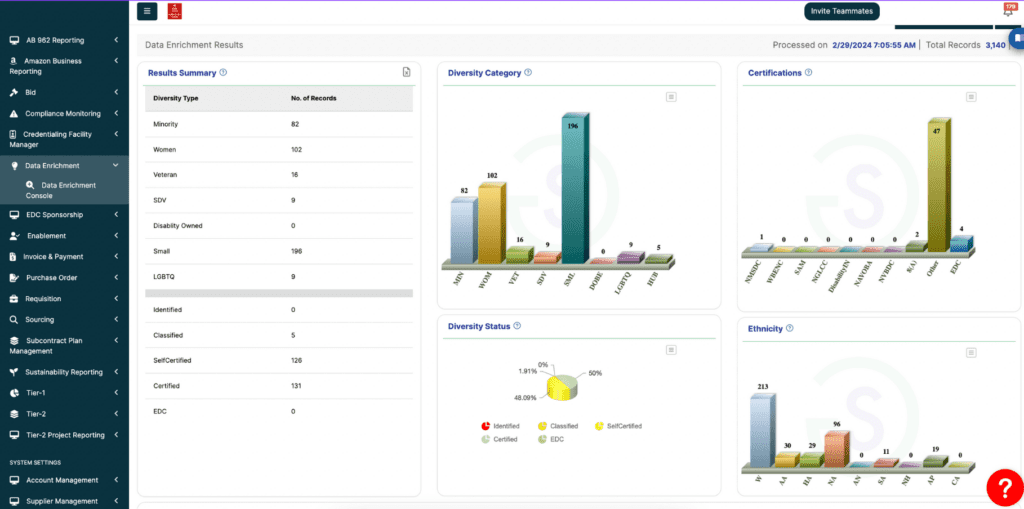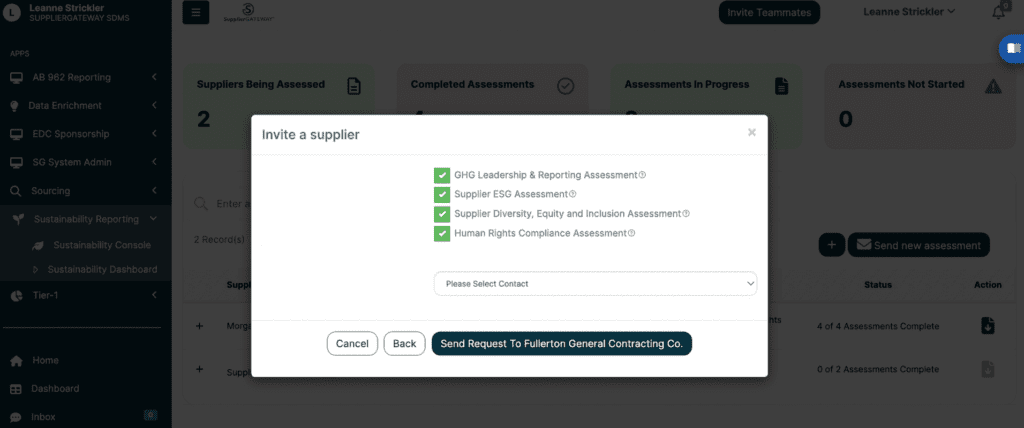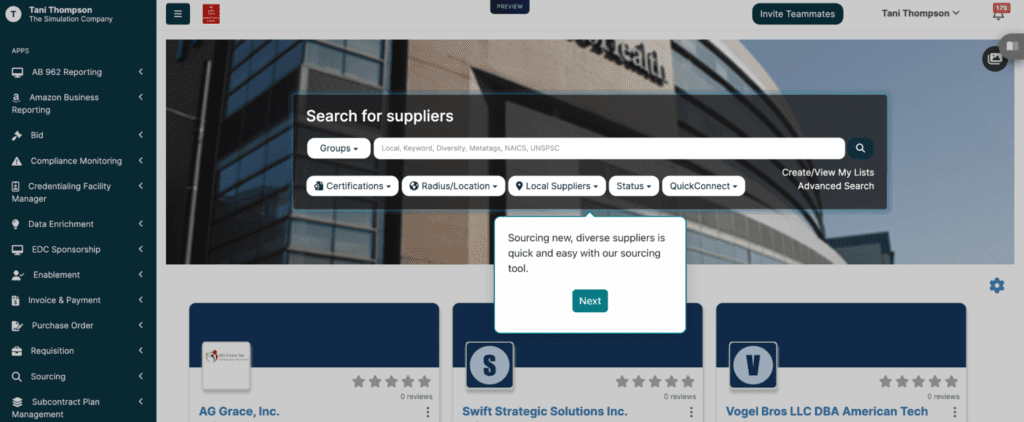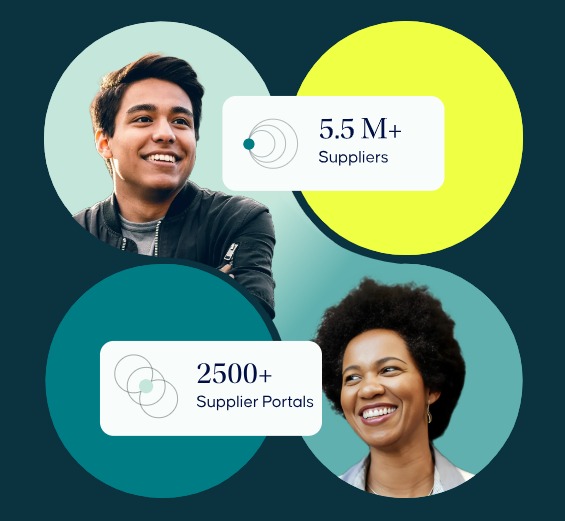How competitive is your organization? A recent study revealed that 90% of businesses have observed increased competition within their industry.
Staying competitive requires more than just keeping up — it means optimizing every aspect of your operations for maximum efficiency.
From sourcing the best suppliers to managing risks and reducing costs, procurement optimization is the key to unlocking your company’s full potential.
Challenges in the Traditional Procurement Process
Traditional procurement operations often face several challenges that reduce efficiency, including:
- Inefficiencies: Slow processes, like manual approval workflows, increase costs and waste resources leading to delayed procurement cycles and missed deadlines.
- Lack of transparency: Without real-time tracking, tracking progress and ensuring accountability among suppliers is time-consuming.
- Manual errors: Frequent mistakes, like incorrect data entry, can lead to inconsistencies that cause delivery errors and payment issues.
- New regulatory environments: Failure to adapt to constantly changing regulations can lead to potential compliance issues and fines.
- Relationship management: Without a centralized system, maintaining communication and performance metrics with multiple suppliers becomes challenging.
Procurement process optimization is a key solution to addressing these challenges head-on and improving procurement processes.
Importance of Procurement Optimization
Procurement optimization enhances efficiency with technology, data analysis, and best practices. The goals of optimization are:
- Identify cost saving opportunities
- Supplier performance improvement
- Risk mitigation
Through optimization, your procurement team can achieve:
- Cost savings: Find the best suppliers and negotiate better deals.
- Efficiency: Reduce delays and ensure timely deliveries.
- Risk reduction: Check suppliers carefully and monitor their performance.
- Compliance: Make sure suppliers follow necessary regulations.
- Strong supplier relationships: Build partnerships for better collaboration and innovation.
- Competitive advantage: Respond quickly to market changes and cut costs.
- Sustainability: Use resources effectively for long-term growth.
A B2B procurement platform, like SupplierGateway, can help you plan, implement, and monitor your procurement optimization strategy.

An overview of the diversity planning dashboard.
Our platform provides access to all the tools you need to upgrade your procurement management processes — from seamless onboarding workflows to detailed risk analysis and reporting.
6 Effective Strategies for Procurement Optimization
A strategic approach to procurement and supplier management ensures your organization adapts to the rapidly evolving nature of the industry.
Spend Analysis
Spend analysis uses data analytics to understand spending patterns, identify savings opportunities, and highlight high and low-value suppliers. Here’s a quick spend analysis framework:
- Collect data: Gather all relevant spending data from invoices, purchase orders, and expense reports.
- Clean data: Ensure the data is accurate and consistent by removing duplicates, correcting errors, and standardizing formats.
- Categorize spending: Organize the data into categories using consistent criteria.
- Analyze data: Examine spending patterns looking for trends, like frequently used suppliers, department budgets, and inefficiencies.
- Identify opportunities: Identify areas where you can save money, including consolidating purchases, renegotiating contracts, or cutting unnecessary expenses.
Implement changes by acting on the identified opportunities. This might involve negotiating with suppliers, changing procurement processes, or implementing new policies to control spending.
Strategic Sourcing
Strategic sourcing leverages market intelligence and supplier capabilities to improve sourcing decisions using these essential factors:
- Market research: Analyze market trends, pricing dynamics, and supplier landscape.
- Supplier assessment: Evaluate based on capabilities, capacity, quality, and track record.
- Negotiation: Negotiate favorable terms, prices, and contracts using market intelligence and supplier insights.
- Risk reduction: Assess and mitigate risks associated with sourcing decisions.
- Long-term partnerships: Foster long-term partnerships with key suppliers to ensure stability and reliability.

Quickly and easily request assessments from suppliers.
SupplierGateway supports sourcing optimization with comprehensive supplier profiles, simple search processes, diversity information, and risk assessments.
Contract Management
Efficient contract management reduces risk, maximizes value, and helps organizations ensure compliance across their supply chain. Some key strategies include:
- Centralized repository: Ensure easy access and visibility.
- Standardized templates: Streamline the contract creation process and create consistency.
- Automated workflows: Improve efficiency and reduce manual errors.
- Regular reviews: Ensure compliance, identify opportunities for optimization, and mitigate risks.
- Document version control: Track changes and confirm the latest contract versions.
Supplier Relationship Management (SRM)
Supplier Relationship Management (SRM) involves proactively managing vendor relationships to achieve strategic objectives, like cost reduction, quality improvement, and innovation. Strategies for implementing SRM include:
- Open communication: Foster open and transparent communication channels with suppliers to share information, feedback, and goals.
- Joint business planning: Collaborate with suppliers on joint business planning sessions to align strategies, set goals, and identify opportunities for improvement.
- Performance metrics: Establish clear performance metrics and KPIs to measure supplier performance and hold both parties accountable.
- Supplier development programs: Invest in supplier development programs to help suppliers improve their capabilities, processes, and performance.
- Conflict resolution mechanisms: Implement effective conflict resolution mechanisms to address issues promptly and maintain positive relationships.
E-Procurement and Automation
Technology, like e-procurement and automation, can streamline procurement processes, reduce errors, and save time. Here’s how to effectively leverage e-procurement and automation:
- Procurement software: Procurement and supplier and vendor onboarding software simplify the entire supplier lifecycle from sourcing to contract management and risk assessments.
- Workflow automation: Automate workflow processes to reduce manual errors and accelerate cycle times.
- Supplier portals: A Supplier Management Platform helps you seamlessly collaborate, consolidate data, perform risk analysis, and more.
- Data analytics: Use data analytics tools to analyze procurement data, identify trends, and make data-driven decisions to optimize procurement strategies and supplier performance.

Supplier sourcing with our easy search tools.
SupplierGateway provides a comprehensive solution that includes e-procurement, vendor onboarding and offboarding, risk mitigation, and procurement spend data all in one easy-to-use platform. Book a demo to explore our platform for yourself.
Risk Management
Risk mitigation is critical in minimizing potential disruptions and ensuring business continuity. Here’s how to effectively manage risks in the procurement process:
- Risk identification: Identify potential risks in the procurement process, such as supplier failure, quality issues, supply chain disruptions, and regulatory compliance.
- Risk assessment: Assess the likelihood and impact of identified risks to prioritize them and determine appropriate mitigation strategies.
- Mitigation strategies: Implement strategies to mitigate or eliminate identified risks, such as diversifying suppliers, implementing contingency plans, and conducting regular supplier assessments.
- Continuous monitoring: Continuously monitor and evaluate risks throughout the procurement process to ensure timely detection and response to emerging risks.
- Collaboration: Collaborate with internal stakeholders and suppliers to identify and address risks collaboratively, fostering a culture of risk awareness and proactive risk mitigation.
SupplierGateway: Your Complete E-Procurement Solution
SupplierGateway is a comprehensive e-procurement platform designed to address the challenges of traditional procurement. We enable procurement optimization with:
- Data enrichment and insights
- Compliance assessments and reporting
- Onboarding and offboarding workflows
- Diversity sourcing and tracking
- Centralized information












